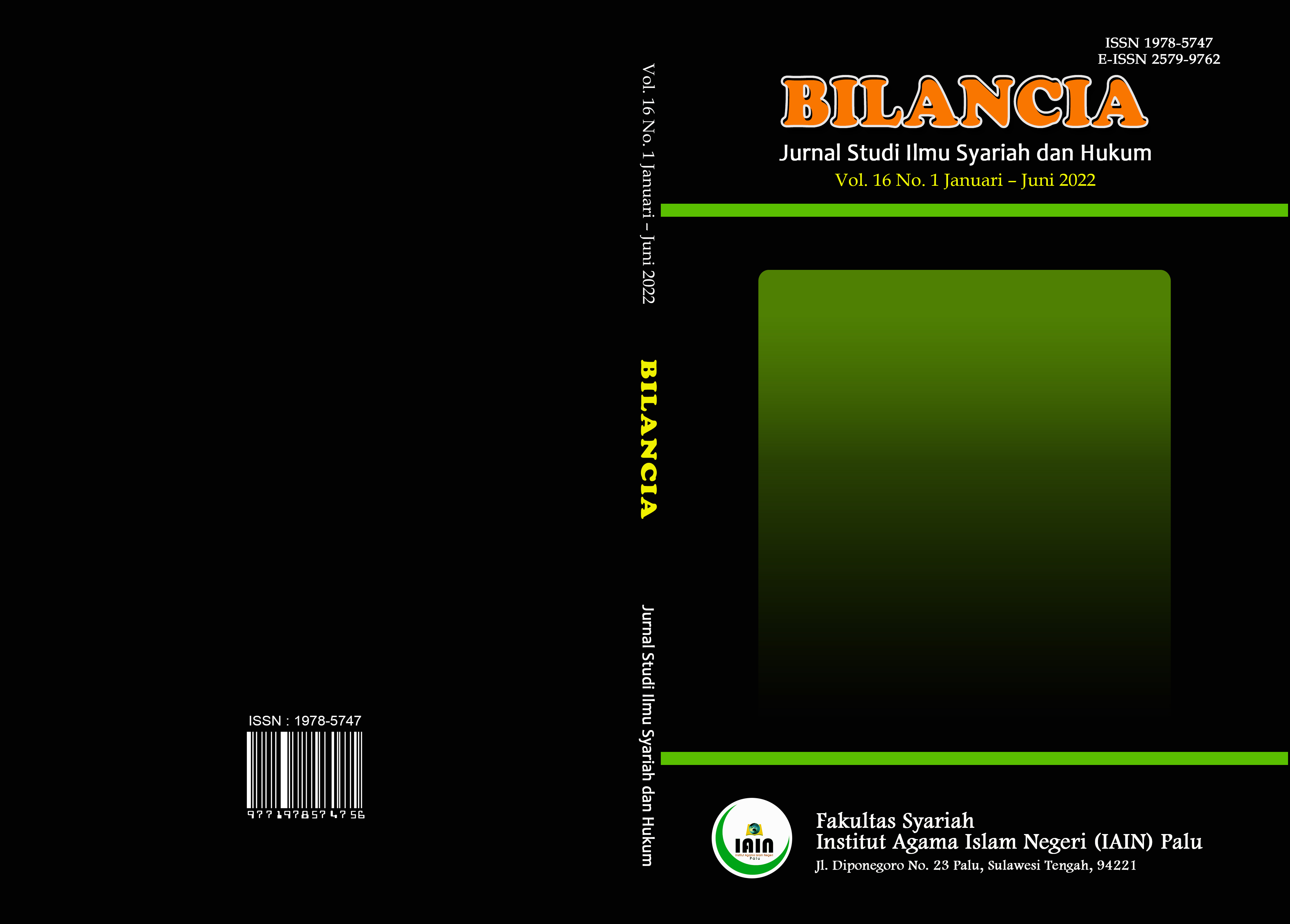Komparasi Sistem Pemilihan Umum Estonia - Indonesia : Penerapan I-Voting
Abstract
This article discusses a comparison of the electoral systems that tahe place in Indonesian and Estonia. Estonia is a country that implements Parlianmentary democracy while Indonesian is a country that implements Pancasila Democracy. Estonia is a republic with a president as head of state and a prime minister as head of goverment. Indonesian has the same form of state as Estonia, namely a republic. However, Indonesian does not adhere to a parlianmentary system which is reflected in the president’s position as head of government who is assisted in carrying out his duties by the vice presdient. Estonia is considered a developed country because it has an all-electronic government system or can be accessed via the internet. This has been implemented in an election system called e-voting since 2005. Until now, Indonesia still uses the conventional voting system through ballots. Many problems arise in the conventional electoral system through ballots considering Indonesia’s vast territory and difficulties in accessing election logistics. Therefore, a discussion on the comparison of the two countries in the general electoral system is to find out the similarities and differences in the system applied. The method used in this research is a literature study using a comparative approach. The method used in this research is a literature study using a comparative approach. The research method uses literature study by quoting data from websites, journals and books that discuss the general election system in Indonesia and Estonia. The results of this research are a comparison of the electoral system of Indonesia and Estonia. It is especially important for Indonesia to be able to modify Estonia’s general election system which is considered very modern because it uses Internet Voting.
Downloads
References
Antari, Putu Eva Ditayani. “Interpretasi Demokrasi Dalam Sistem Mekanis Terbuka Pemilihan Umum Di Indonesia.” Jurnal Panorama Hukum 3, no. 1 (2018): 87–104.
Budiono. “Menggagas Sistem Pemilihan Umum Initiating the General Election System in Accordance With.” 34 Jurnal Ilmiah “DUNIA HUKUM” 13, no. 1 (2019): 33–44.
Canaldhy, Rendy Sueztra, Suandi Suandi, dan Umi Purwanti. “Perbandingan Sistem Pemilihan Umum Presiden Amerika Serikat Dengan Indonesia.” Jurnal Ilmiah Ilmu Administrasi 13, no. 1 (2023): 47–63. https://doi.org/10.33592/jiia.v13i1.3494.
Ehin, Piret, Mihkel Solvak, Jan Willemson, dan Priit Vinkel. “Internet voting in Estonia 2005–2019: Evidence from eleven elections.” Government Information Quarterly 39, no. 4 (2022): 101718. https://doi.org/10.1016/j.giq.2022.101718.
Fikri, Sultoni, Idzhati Fitri Nabilah, Ika Sistia Wulan Sari, dan Tio Fernida Siregar. “Perbandingan Pemilihan Umum Presiden Di Indonesia Dengan Korea Selatan.” Legalitas: Jurnal Hukum 14, no. 1 (2022): 78. https://doi.org/10.33087/legalitas.v14i1.309.
Gova Gusva Rianda. “Sistem pemilihan umum di dunia,” 2021, 11 Pages. https://osf.io/ajuyd/.
Heiberg, Sven, Peeter Laud, dan Jan Willemson. “The application of i-voting for Estonian parliamentary elections of 2011.” Lecture Notes in Computer Science (including subseries Lecture Notes in Artificial Intelligence and Lecture Notes in Bioinformatics) 7187 LNCS (2012): 208–23. https://doi.org/10.1007/978-3-642-32747-6_13.
Krivonosova, Iuliia. “The forgotten election administrator of internet voting: lessons from Estonia.” Policy Studies 43, no. 6 (2022): 1254–76. https://doi.org/10.1080/01442872.2021.1958179.
Lembaga, Jurnal, Ketahanan Nasional, Republik Indonesia, dan Muh Iqbal Latief. “Evaluation of Institutional Elections in Indonesia” 1 (2019): 27–41.
Noviawati, E V I. “PERKEMBANGAN POLITIK HUKUM PEMILIHAN UMUM DI INDONESIA Oleh : EVI NOVIAWATI *)” 7, no. Maret (2019): 75–97.
Pahlevi, Indra. “Dinamika Sistem Pemilu Masa Transisi di Indonesia.” Politica 5, no. 2 (2014): 111–35. file:///C:/Users/HENDRIK/Downloads/339-658-1-SM.pdf.
Pardede, Marulak. “Implikasi Sistem Pemilihan Umum Indonesia.” Jurnal Rechts Vinding: Media Pembinaan Hukum Nasional 3, no. 1 (2014): 85. https://doi.org/10.33331/rechtsvinding.v3i1.58.
Presiden Republik Indonesia. UU Nomor 7 Tahun 2017 Tentang Pemilihan Umum. Undang-Undang Pemilu, 2017. http://rumahpemilu.org/wp-content/uploads/2017/08/UU-No.7-Tahun-2017-tentang-Pemilu.pdf.
Rohmah, Neneng Sobibatu. “Evaluasi Sistem Penyelenggara Pemilu Serentak 2019 Ditinjau Dari Beban Kerja Penyelenggara Pemilu (Adhoc).” Electoral Research, 2019.
Rundengan, Steidy. “Problematika Pemilu Serentak 2024 dan Rekonstruksi Regulasi.” Buku Huku KPU, 2022.
Schryen, Guido and Ellot Rich. “Security in Large-Scale Internet Elections : A Restropective Analysis of Elections in Estonia, The Netherlands, and Switzerland.” IEEE Transaction on Information Forensics and Security 4, no. 4 (2009): 729–44. 10.1109/TIFS.2009.2033230.
Subiyanto, Achmad Edi. “Pemilihan Umum Serentak yang Berintegritas sebagai Pembaruan Demokrasi Indonesia.” Jurnal Konstitusi 17, no. 2 (2020): 355. https://doi.org/10.31078/jk1726.
Systems, Electoral, Soviet Union, Central Europe, dan Baltic States. “Electoral System Change In Estonia, 1989-1993” XXX, no. 3 (1999): 1989–93.
Tanjung, Muhammad Anwar, Derita Prapti Rahayu, dan Putri Ade Tami. “Model Pemilihan Serentak Di Indonesia.” Jurnal Yudisial 14, no. 3 (2022): 313. https://doi.org/10.29123/jy.v14i3.431.


1.png)






1.png)








